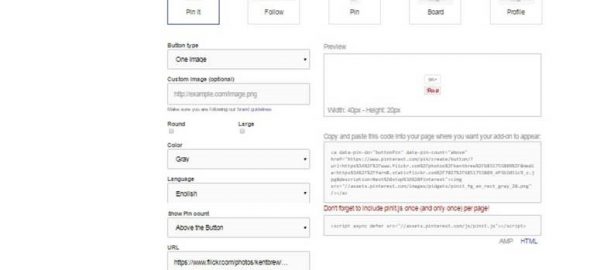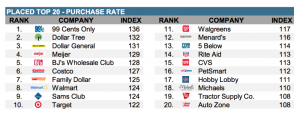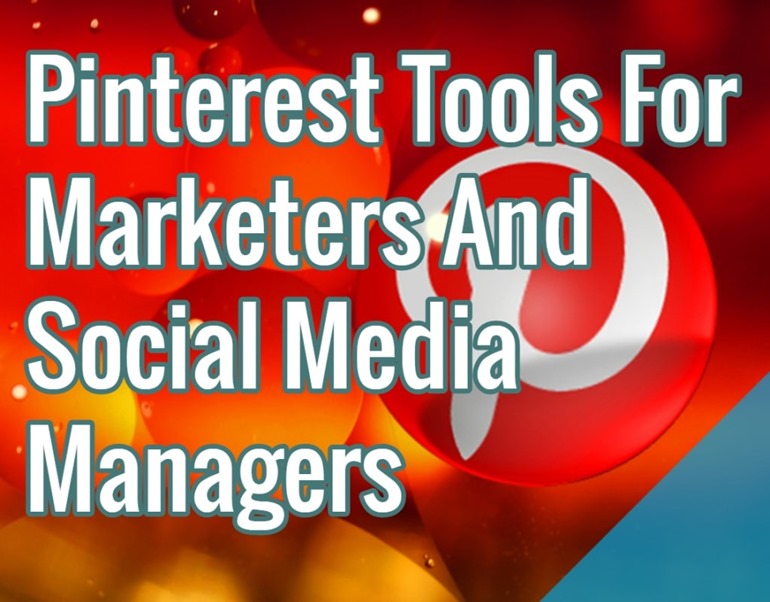
Pinterest is an emerging social media powerhouse that has not been included in most marketers’ and social media managers’ priority mediums compared to mainstays such as Facebook, Twitter, Google+, or Instagram. However, with its rapidly booming stats, that may soon change.
In a recent report by PewResearch, 31% of adult internet users are now using Pinterest, compared to 28% in September 2014. Of this figure, 44% are women and 16% are men. Also, those younger than 50 are 37% more likely to use Pinterest compared to the 22% likelihood of those aged 50 and older.
If that still does not convince social media managers and marketers of Pinterest’s rising status, perhaps this next set of data will.
As it turns out, from having been on the #4 spot of most used social media platforms (trailing behind Facebook, Twitter, and Instagram) featured in PewResearch’s Demographics of Key Social Networking Platforms 2014 report, Pinterest has since then jumped to the #2 spot, right after the still un-dethroned top biller Facebook.
With this data, we are able to conclude that:
1. Pinterest usage is steadily increasing.
2. Pinterest’s demographic is dominated by women and hence, the most popular topics will tend to lean more towards women’s interests.
3. Pinterest appeals mostly to the younger-than-50 demographic.
Images, as I have already discussed in a previous post about creating high-quality blog graphics, have a profound effect on your content’s catchiness and shareability. Partnered with an on point headline, a high-quality main image plays a significant role on whether or not a potential reader will or will not be attracted to click through and access your content.
According to a white paper by CMO Council, 46% of marketers believe that the use of photography, and 36% believe that the use of video, are critical complements to their marketing and storytelling strategies.
And among today’s top social media networks, Pinterest is the one medium that utilizes images as its main offering — except that there’s something more of benefit for content marketers too, and this comes in the form of link sharing.
By “pinning”, or uploading images on Pinterest, you get to attach a URL of your choice, such as a link back to your site. The best thing about this process is that this linkback will be coming from a reputable online source. As your post gets repinned by other users, Pinterest will keep linking to the original URL, which is the link back to your site.
Another benefit that Pinterest offers is, according to a useful article by marketingland.com about 5 traffic-driving Pinterest strategies, “Not only are your boards and Pins indexed externally by search engines, but Pinterest also indexes its own content to feed its internal search.”
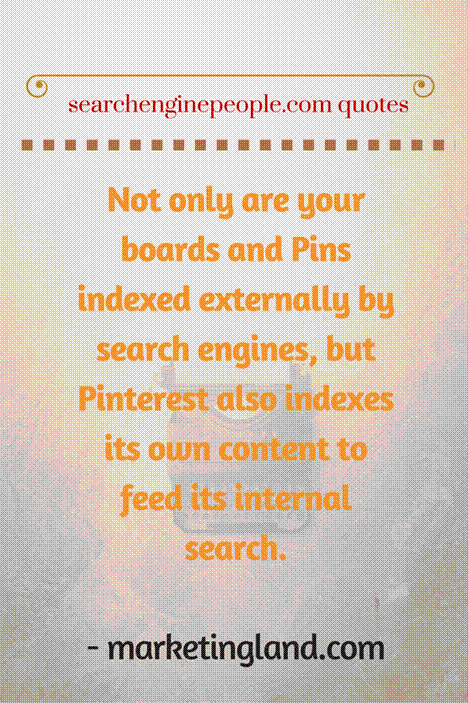
So how can content marketers utilize Pinterest more efficiently?
Here are some Pinterest tools for every social media manager or marketer out there to help organize and ease things up.
1. Pinterest For Business
First, to be able to use these Pinterest tools, you would need to convert your Pinterest account into a business account.

Or you can also just type in business.pinterest.com and you’ll see this web page pop up:
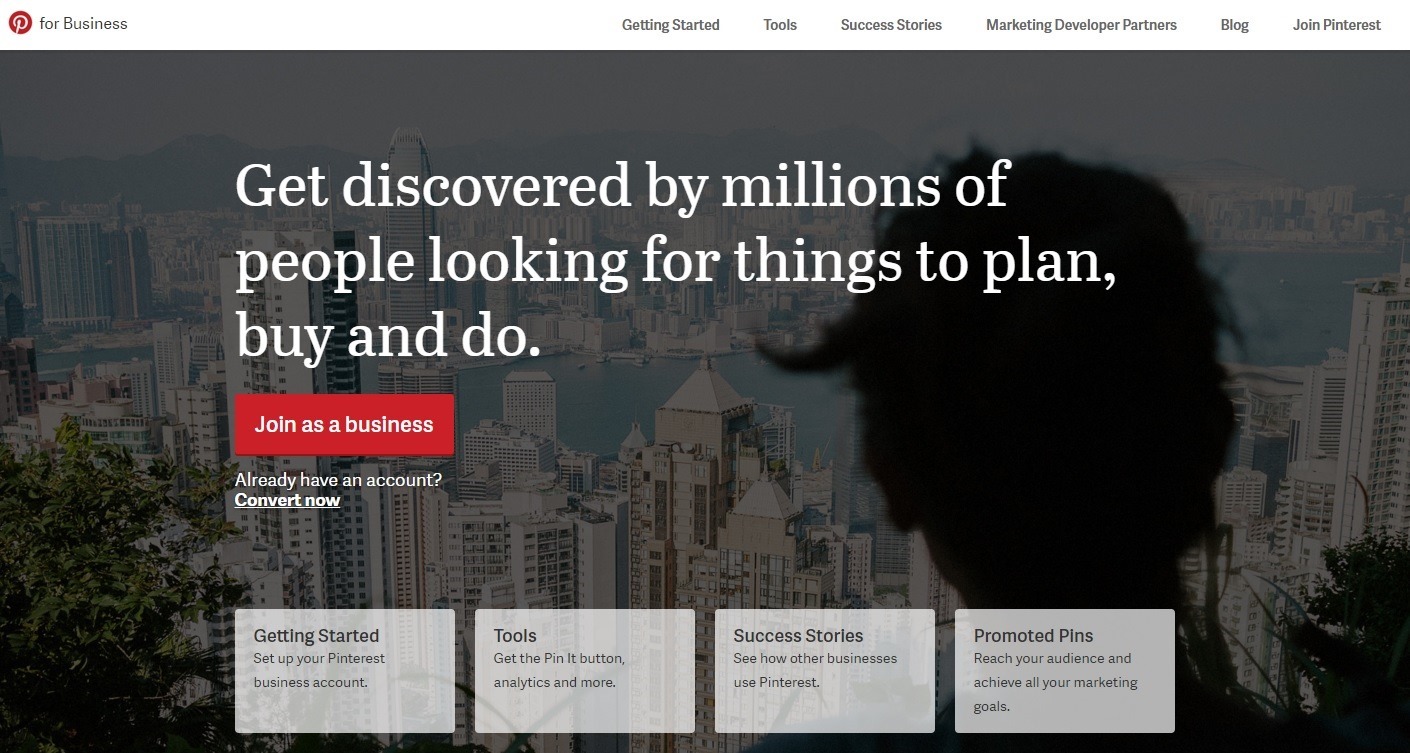
Converting into a business account is free and it opens you up to a host of further tools and features, some free and some paid, to help your content marketing campaign. You can also find further specific instructions here, and best practices instructions for business accounts here.
2. Pinterest Analytics
Once you’ve converted into a business account, you will then have access to Pinterest’s built-in analytics tool by going to analytics.pinterest.com, which will then pull up this web page.

You can view more data about how users are engaging with your Pinterest profile by upgrading your personal account into a business account. Once you have decided that the move is worth it, verify your account. With a verified business account, you can then move on to analyze, experiment, and make strategic decisions using Pinterest’s website analytics features.

This feature lets you view the following data sets as it relates to the website linked to your Pinterest:
Which images are pinned from your site
The number of images repinned from your site
The number of people repinning your pins
How many clicks your website gained through your pins
How many people entered your website by clicking through your pins
Most repinned images
Number of unique visitors that saw your pins
3. Pinterest’s Widget Builder
Install the Pin It button to images on your website.
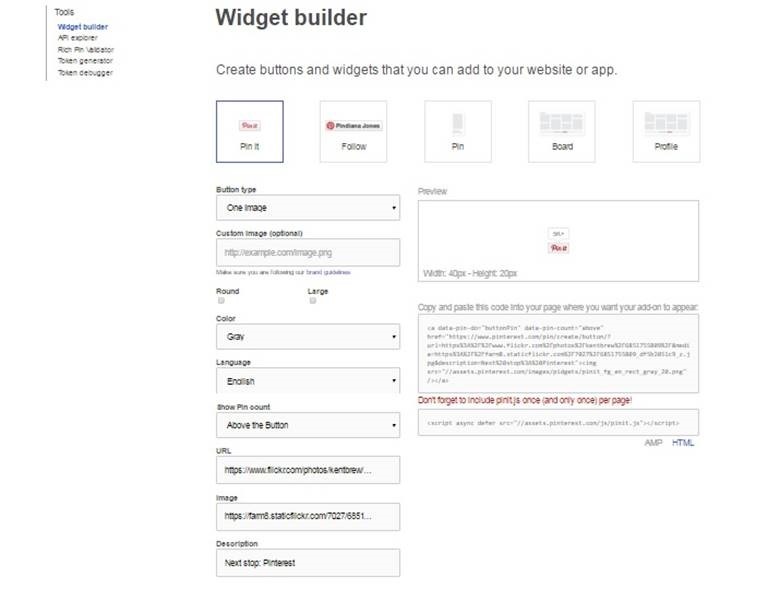
Once a visitor hovers over an image on your site, a Pin It button appears like so:
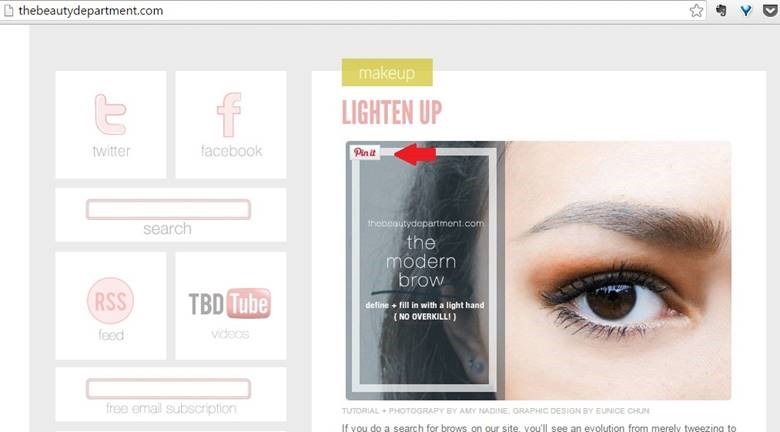
This makes it easier for other visitors to your site to pin your images.
4. Pinterest Business Rich Pins
Right now, there are 6 types of Rich Pins: app, movie, recipe, article, product and place. Rich Pins provide additional information to your pinned images. For example, compared to a regular pin, a product pin is enhanced with current pricing details and contains a direct link to the product page right on the pinned image itself without the user needing to hover over it.
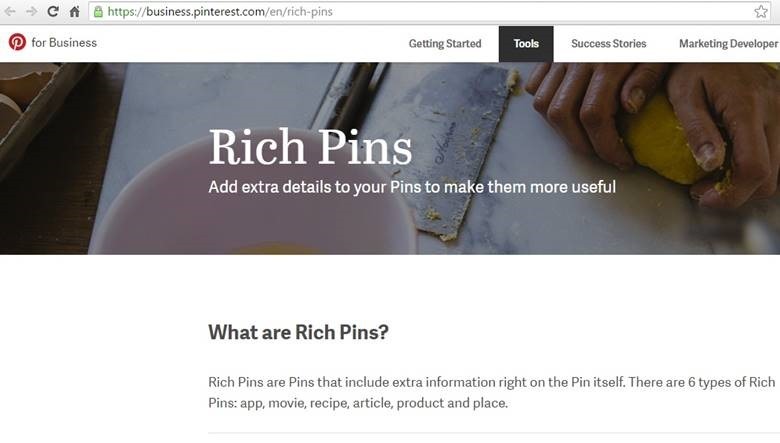
5. Pinterest’s Promoted Pins Tool
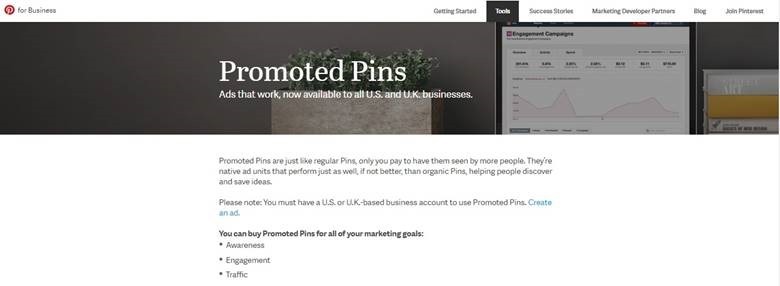
If you have the budget, you can also use Pinterest’s promoted pins tool which works on a cost per click (CPC) basis. You can monitor how many clicks your Pins get and adjust your campaign according to which Pins work best with your target market.
Final Tips For Using Pinterest For Marketing
Treat Pinterest as you would a search engine, for it is one — an alternative image search engine to Google. Apply SEO with your category tags, board names, board and image descriptions.
Utilize Pinterest’s categories correctly. To reach the right users, be mindful of labeling your pins with the most relevant category. It would also do well to name your boards and image names accordingly. The same goes for creating your individual pin, and board descriptions. Search names are still of importance.
Make sure your Pinterest content is mobile-responsive as well as mobile-friendly. An increasing number of users are using social media via their mobile gadgets, so test your images and linked posts not only in your desktop but also in your mobile phone, tablet, phablet, and other mobile platforms.
Finally, Be active in the community by not only pushing your own comment but by liking, commenting, re-sharing, and engaging with other users.
To end this article, here’s a bonus infographic by QuickSprout on how to turn Pinterest into a revenue-generating channel..
Hand-Picked Related Articles:
- 4 Tips to Arrange and Handle Your Pinterest Boards – One of our most popular Pinterest articles by Ann Smarty
- 10 Essential Pinterest Tools to Drive Brand Engagement – You’ll definitely find a few tools to open in a new tab to check on later, in this post from Chris Marentis
- 5 Ways To Use Pinterest For Keyword Research – Jilly Badanes pulls Pinterest features inside-out so they feed you data
* Adapted lead image: ![]() Some rights reserved by mkhmarketing
Some rights reserved by mkhmarketing
Pinterest Tools For Marketers And Social Media Managers
The post Pinterest Tools For Marketers And Social Media Managers appeared first on Search Engine People Blog.
(10)
